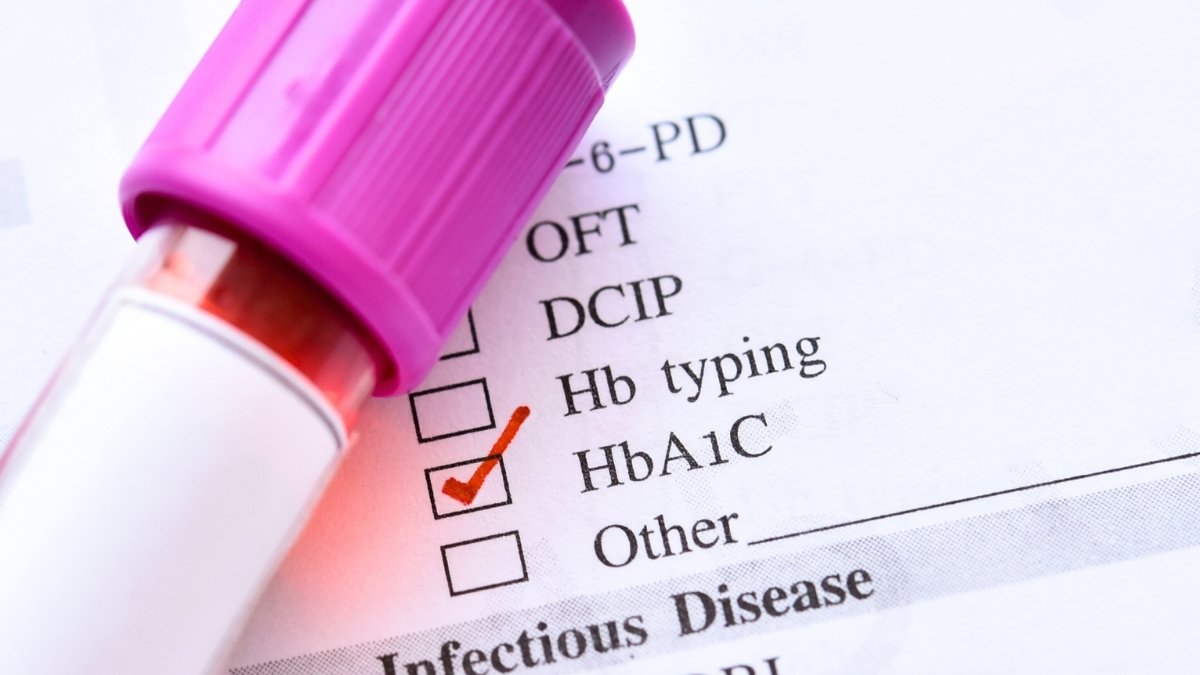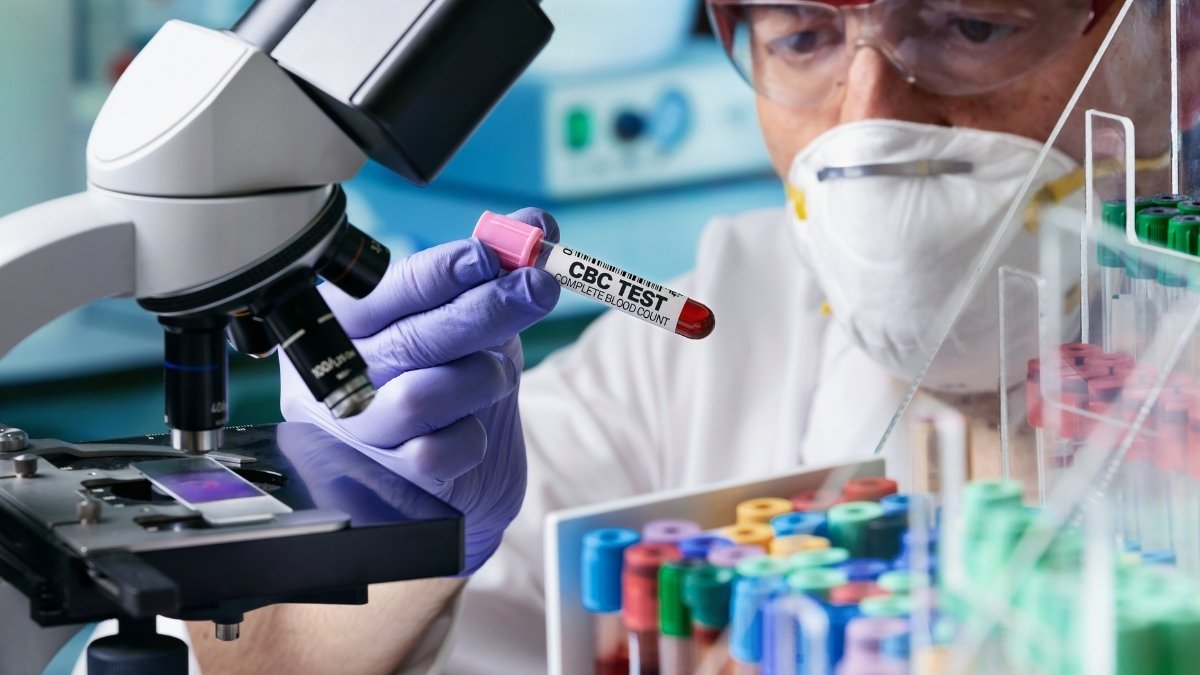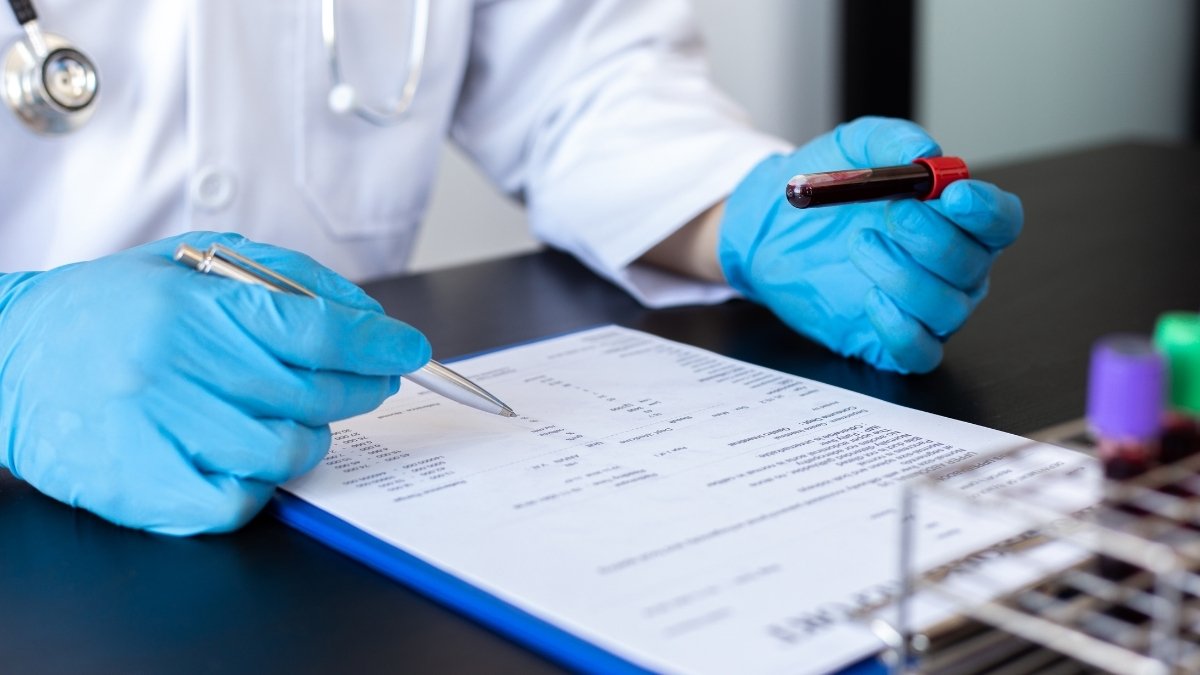Understanding Your Bloodwork After 50: Key Markers You Shouldn’t Ignore

Getting your blood test results can feel like trying to read a foreign language, especially when you’re over 50 and health becomes a top priority. You get a lab report filled with acronyms and numbers. It’s hard to know which ones truly matter for your long-term health or what’s normal for your age.
This guide makes understanding bloodwork after 50 much simpler. We will break down the key blood tests for seniors and what they indicate. You will get clear, actionable steps to help you prepare for your next doctor’s visit. The goal is to give you the confidence to ask good questions and take an active role in your own health.
Understanding Your Bloodwork After 50: Why It Matters Now More Than Ever
Aging & Your Body
Your metabolism slows, hormones shift, and health risks increase. Bloodwork helps you see these changes early.
Early Detection is Key
Many conditions like heart disease, diabetes, and kidney issues start silently. Blood tests can catch them before symptoms appear.
Proactive Health
Shift from waiting for problems to using information to maintain your health and well-being.
Empower Your Doctor Visits
Understanding your results means smarter talks with your doctor and making informed health choices.
What Your Blood Test Reveals After Age 50
As you get older, your body changes. It’s a simple fact. Your metabolism isn’t as fast as it used to be, and your hormones shift. This natural process can increase your risk for certain health issues. Many of these problems, like heart disease, diabetes, or kidney trouble, can start quietly without any obvious symptoms. You might feel perfectly fine while things are changing on the inside.

This is where your bloodwork becomes your best tool. Think of it as a sneak peek inside your body. It’s the most effective way to catch potential issues early. According to the CDC, a large number of adults over 50 are living with at least one chronic condition. Your blood test can spot the early warning signs for these conditions long before you would ever feel them.
This helps you switch from reactive to proactive health. Instead of waiting to fix a problem, you are using information to stay healthy. Your results show you what’s going on and help you track your normal lab values over 50. This knowledge gives you power. You can have smarter conversations with your doctor and make choices that keep you strong for years to come.
Your Heart Health Snapshot: Understanding the Lipid Panel
Total Cholesterol
Your overall cholesterol number. A high total number raises a flag.
Keep watch!LDL (“Bad” Cholesterol)
Contributes to plaque buildup in your arteries, like sticky traffic.
AHA Goal: Under 100 mg/dL
Aim for lowHDL (“Good” Cholesterol)
Helps remove excess cholesterol, like a tow truck clearing the road.
Goal: 40 mg/dL or higher (men), 50 mg/dL or higher (women)
Aim for highTriglycerides
Another type of fat in your blood, often linked to diet (sugars/fats).
Goal: Under 150 mg/dL
Aim for lowThe Lipid Panel: Your Heart Health Snapshot
Your lipid panel gives you a clear look at the fats in your blood. These are some of the most important blood markers to watch for heart health. It checks four main things.

First is your total cholesterol. This is the overall number. A high number can be a concern.
Next is LDL, the “bad” cholesterol. Imagine your arteries are highways. LDL is like sticky traffic that builds up plaque and causes blockages. The American Heart Association says a good goal for LDL is under 100 mg/dL.
Then you have HDL, the “good” cholesterol. HDL acts like a tow truck. It helps remove the bad cholesterol from your highways.
Finally, the panel checks triglycerides. This is another fat in your blood, often affected by sugar and fats in your diet. High levels also add to your heart risk.
Check Your Diabetes Risk: Glucose and A1c Explained
Fasting Blood Glucose
A “snapshot” of your blood sugar at a single point in time (after not eating for 8+ hours).
Prediabetes: 100-125 mg/dL
Diabetes: 126 mg/dL or higher
Hemoglobin A1c
Your average blood sugar level over the past 2-3 months. It’s a clearer long-term indicator.
Prediabetes: 5.7% – 6.4%
Diabetes: 6.5% or higher
Check Your Diabetes Risk with Glucose and A1c
High blood sugar can cause serious problems, and your risk for it increases as you age. Your doctor uses two key blood tests for seniors to check your sugar levels.

The first is the Fasting Blood Glucose test. This is a snapshot. It measures the sugar in your blood at one specific moment. A result under 100 mg/dL is normal. A number between 100 and 125 mg/dL suggests prediabetes. Anything 126 mg/dL or higher points to diabetes.
The second test is the Hemoglobin A1c. This test gives a much bigger picture. It shows your average blood sugar level over the last two to three months. Because it shows a long-term trend, doctors often find it more reliable than a single glucose check. It’s one of the most important normal lab values over 50 to know.
Even if you feel healthy, getting this checked is smart. The American Diabetes Association notes that a large number of older adults have diabetes and may not even be aware of it. Catching high blood sugar early gives you the best chance to manage it well.
Your CBC: A Look Inside Your Blood Cells
Red Blood Cells (RBCs)
Carry oxygen throughout your body. Low levels (anemia) can mean fatigue and weakness.
White Blood Cells (WBCs)
Your body’s immune fighters. High count = infection; Low count = weak immune system.
Platelets
Help your blood clot and stop bleeding. Essential for healing.
Complete Blood Count (CBC): More Than Just Red and White Cells
Your doctor often orders a Complete Blood Count, or CBC, to get a general look at your health. It checks the three main types of cells in your blood, which are important blood markers to watch. Each one tells a different story about what is happening inside your body.

First, it looks at your red blood cells. These cells carry oxygen from your lungs to everything else. Your hemoglobin and hematocrit levels show how well they are doing this job. If these numbers are low, it could mean you have anemia. This is a common reason older adults feel tired or weak all the time.
The CBC also counts your white blood cells. These are your body’s fighters. They attack infections. A high count can signal your body is fighting a sickness. A low count might mean your immune system is weak.
Finally, it checks your platelets. Platelets are what help your blood clot when you get a cut or a scrape.
Key Nutrients & Hormones: Don’t Overlook These
Vitamin D
Important for strong bones and a healthy immune system. Deficiency is common after 50.
Many older adults have low levels.Vitamin B12
Vital for nerve function and energy. Absorption often decreases with age.
TSH (Thyroid)
Checks your thyroid’s health. Issues can mimic aging signs like fatigue or weight changes.
3 Important Nutrient Levels to Check
Some vitamin and hormone levels can get out of balance as you age. Checking them are key blood tests for seniors.

First is Vitamin D. You need it for strong bones and a healthy immune system. Many adults over 50 don’t get enough. In fact, some studies show that a large portion of older adults have low levels of Vitamin D.
Next, check Vitamin B12. This vitamin is vital for your nerves and energy levels. As you get older, your body has a harder time absorbing it from the food you eat.
Finally, a TSH test checks your thyroid. A slow or overactive thyroid can cause fatigue or weight changes. These symptoms are easy to mistake for normal signs of aging. This simple test shows if your thyroid is the real problem.
Take Control of Your Health

Your bloodwork offers a clear window into your health. Checking your lipids for heart risk, glucose for diabetes, and your complete blood count for anemia are all vital steps. Monitoring your organ function and key nutrients helps complete the picture. This knowledge helps you stay ahead of potential problems.
Don’t just file your next lab report away. Use this guide to prepare a list of questions for your doctor. Taking an active role in your health is the most powerful step you can take. Proactive monitoring is the key to healthy aging.






